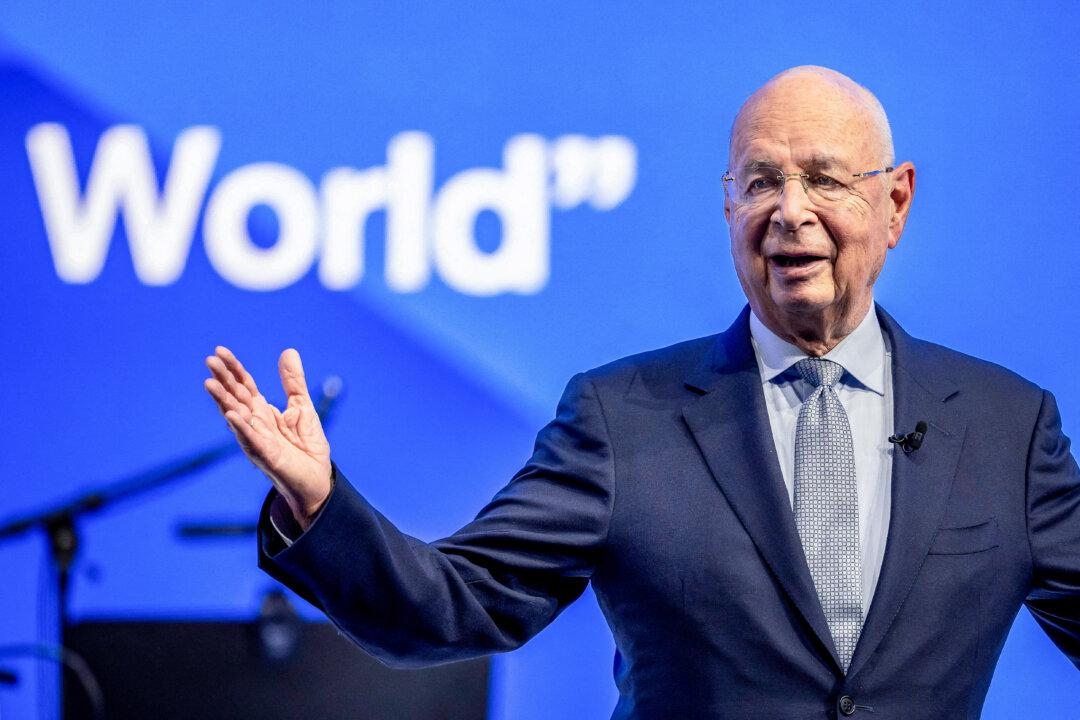Excessive spending by the government and accommodative policies of the Federal Reserve have triggered rampant inflation in the United States that is hurting poorer Americans more, according to Patrick T. Harker, president of the Federal Reserve Bank of Philadelphia.
“This led to a phenomenon known colloquially as ‘too much money chasing too few goods’ and the highest inflation in four decades. High inflation is a scourge, leading to economic inefficiencies and hurting Americans of limited means disproportionately. I find it particularly disturbing that life’s true essentials like groceries, fuel, and shelter have skyrocketed in price.”
Harker said that the Federal Reserve is “absolutely committed” to bringing down inflation back to the 2 percent level. This is being done by adjusting monetary policy, which last year included raising the federal funds rate from about zero percent to range of 4.25–4.5 percent.
Fed Goal, Sector Performance
The Fed’s current goal is to slow down the economy “modestly” and bring demand “more in line with supply,” Harker said.Even though the Fed is raising rates and seeing some signs of inflation cooling down, the national economy remains “relatively healthy overall,” which Harker finds “encouraging.” Many Americans continue to spend even if it means dipping into their savings, he pointed out.
Sectors that suffered the most during the COVID-19 pandemic, such as leisure and hospitality, are seeing a “healthy recovery,” while those which built up healthy order books like manufacturing are cooling down, he noted.
“I do remain concerned about commercial real estate, as the embrace of remote and hybrid work is clearly dampening demand for office space in central business districts and suburban office parks,” Harker said.
Inflation, Recession
Annual inflation remained above 7 percent for every single month in 2022, except for December, when it slipped to 6.5 percent.JPMorgan Chase’s 2023 annual Business Leaders Outlook survey found that 45 percent of small businesses cited inflation as a top challenge in the year ahead, with 61 percent expecting a recession in 2023.
ITR Economics, an economic forecaster, is expecting the economy to slow down this year due to the fact that the 10-year Treasury yield sank below the two-year yield in July. Such inversion signals tend to happen 12–18 months prior to a recession.
“We’re still calling for more of a slowing growth cycle in 2023, but the original soft landing that we were calling around the end of 2023 now looks like it’s turning into a hard landing in 2024,” Luce said.





